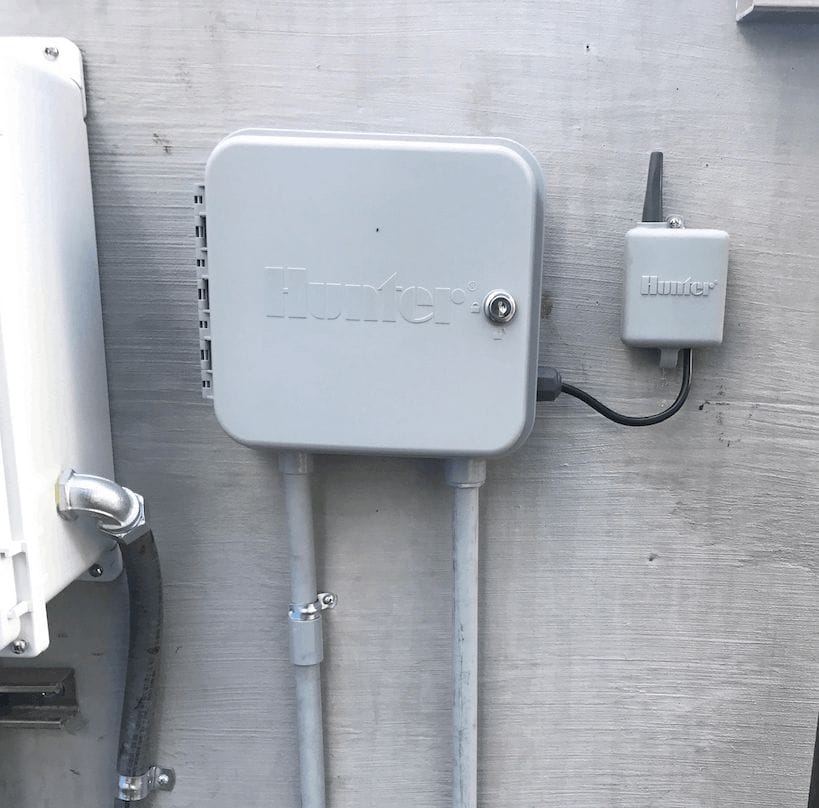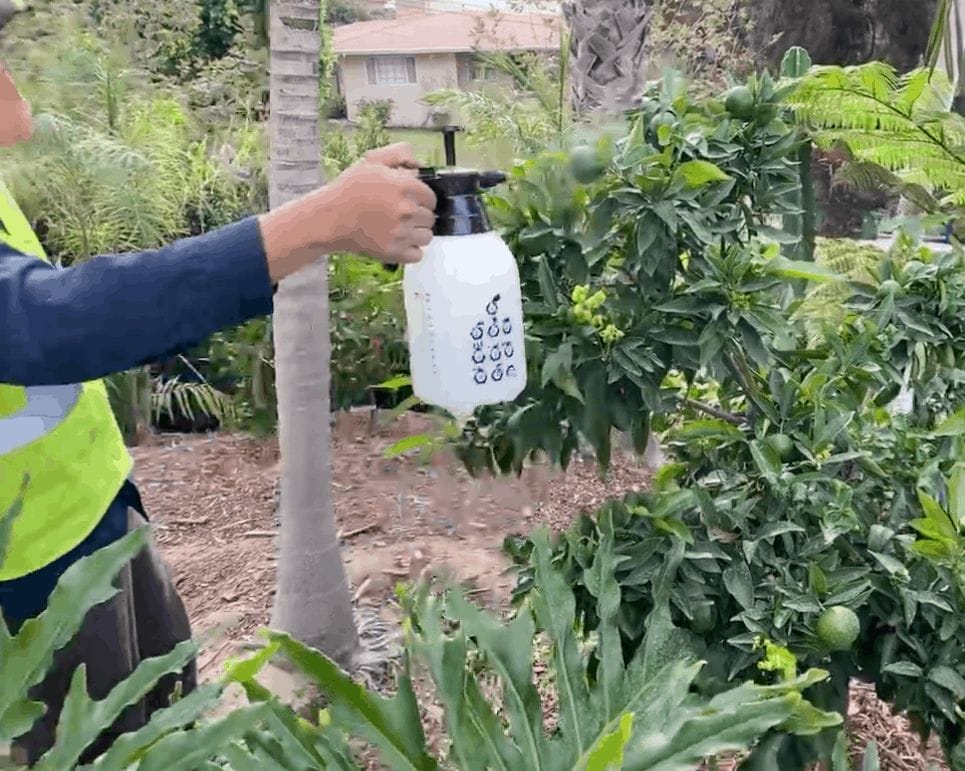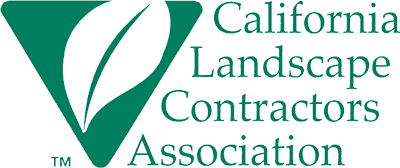Spring is an interesting time of year. It’s the second longest season and offers us the benefit of more daylight to get things done. Still, for landscape professionals, spring feels like the shortest season of the year. With so many opportunities, we have a limited amount of time to set up our clients’ landscapes for success. They need to be ready to withstand the stresses of the summer heat and nurtured to meet garden goals over the long term. Read on to learn what I like to prioritize in the spring season.
New Plants and Enhancements
Experts will debate whether fall or spring is a better time to install new plants. It really depends on location and the type and size of the plant. There are some very clear advantages to planning new plantings or replacements during spring, however. The first is that nurseries tend to fully stock their inventory in spring, which allows for more choices. Also, warmer temperatures encourage overall plant growth. I would recommend that you plan garden plantings as early in the spring season as possible. Plants will have more time to set in their roots and overcome potential transplanting shock before facing the stress of summer heat.
Spring is also an ideal time to install or refresh mulch. Mulching at 3–4-inch thickness is not only a super water saver, but it also helps control weed growth in planter areas. If considering bark nuggets, it’s important to note that there is a functional difference between them and mulch. Bark nuggets are mostly decorative.
Watering
After adding new plants or grass, it is a good idea to program a “grow-in” watering period. This is essentially a short-term period of watering where the frequency is increased while plants begin to establish themselves in new soil.
In terms of preparing for summer heat, the most important thing you can do is re-visit your watering schedules and optimize them. For trees, hedges, and perennials, adjust your watering start times to begin in the evening. For lawn areas and annuals, I recommend watering early morning between 4 and 7 a.m. to deter various landscape pest issues.

Irrigation smart timers like Hunter’s Hydrawise Controllers give property owners and landscapers the ability to make these types of adjustments far more easily. Hydrawise can also enable extra watering through custom configured rules like watering more if daytime temperatures exceed 90 degrees.
Pest Prevention

Another very important item to be proactive about in spring is pest management. The warming weather welcomes all sorts of landscape pests.
Aphids are the most common landscape pest in Southern California. Take inventory of your landscape plants and identify the most common pests that can affect them from spring to fall. For example, roses are one of the favored plants for aphids to populate on. Whenever possible, work together with your structural pest control company on viable small adjustments or practices that can be made when spraying a building perimeter. Many landscape pests thrive in the absence of their natural enemies, beneficial insects. Small adjustments like limiting insecticidal spraying inside planter beds can go a long way.
For edible plants, it is important to decide what pest management approach you are comfortable with ahead of time. Some people are not okay with systemic treatments to edible trees. Starting early with alternate foliar treatments will be the key to success.
Weeds are an important component of pest prevention too. Particularly for lawn areas. A comprehensive weed management program should be in place not only in spring, but year-round.
Let our team at Groundcare Landscape help get your landscape into tip-top shape this spring. There is a short window of opportunity to get maximum results. Reach out to us today!





